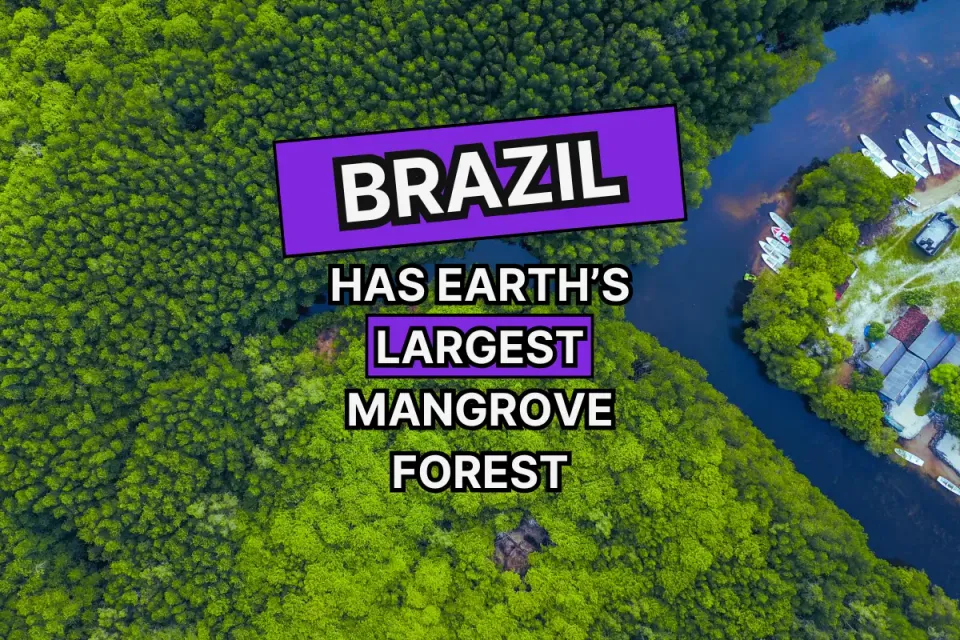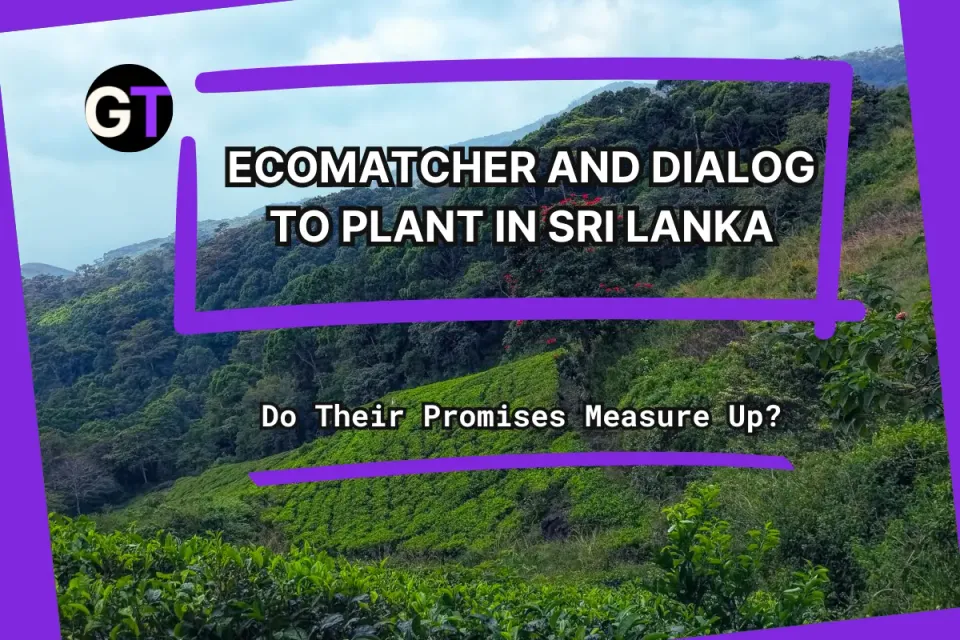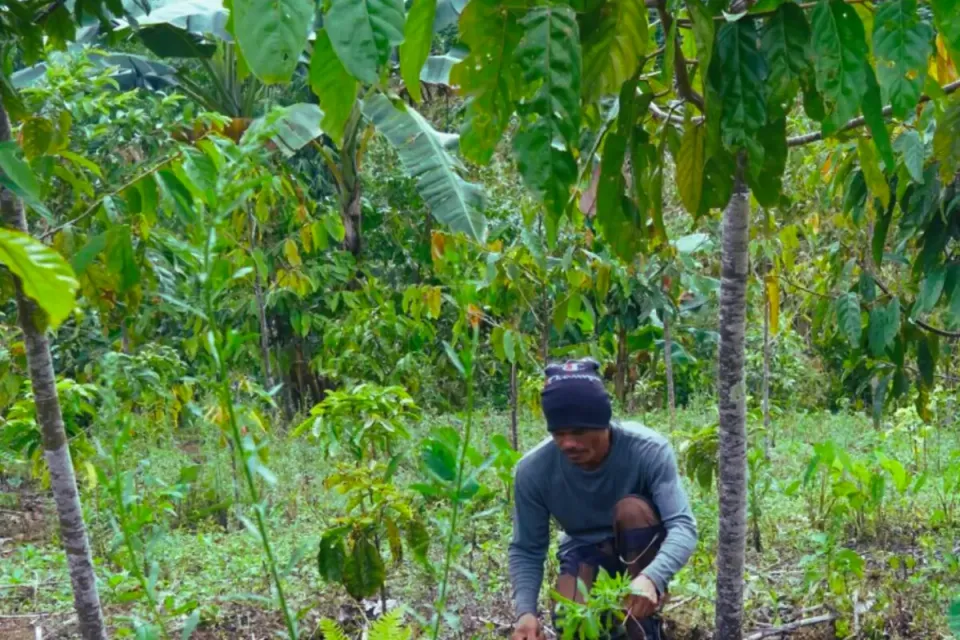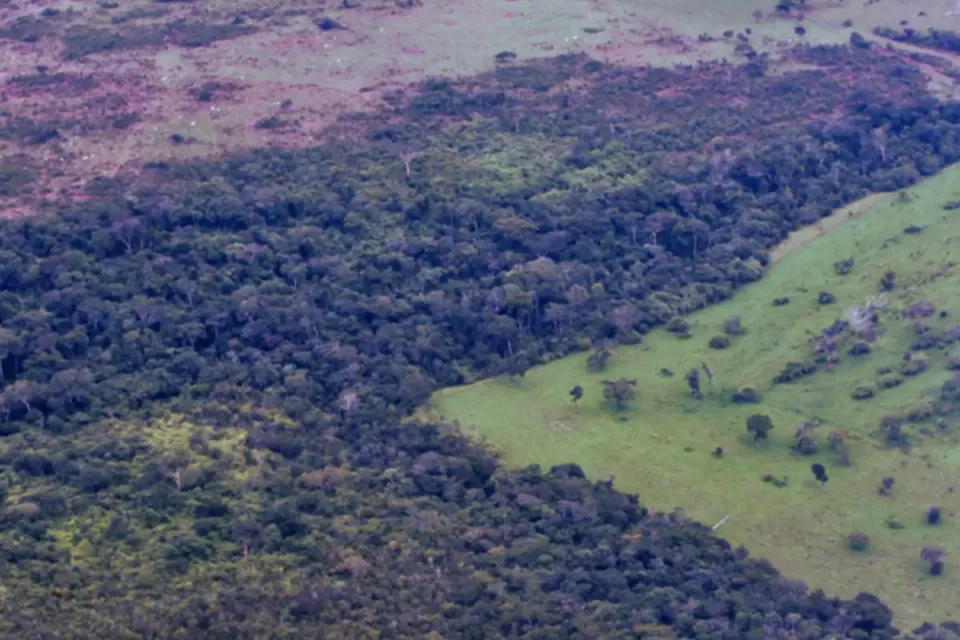Nature: The Key to Mekong’s Sustainable Growth and Development
For the millions of people who depend on the river for food, water and survival, failure is not an option.
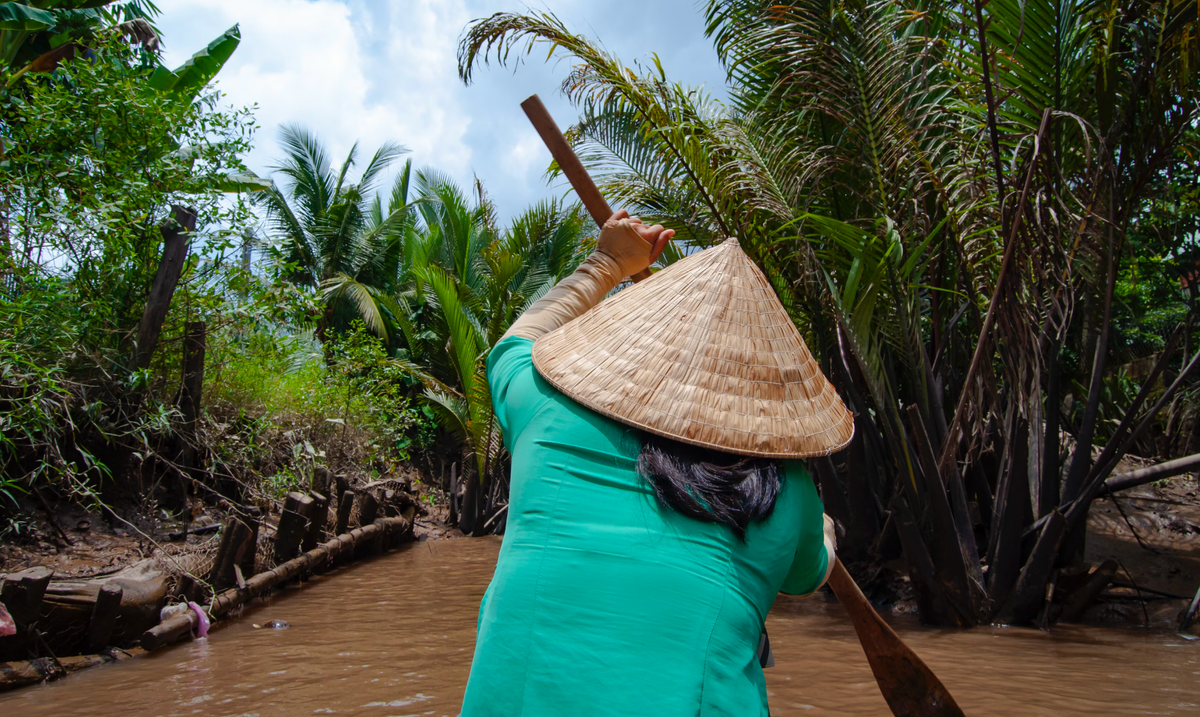
This articel by Chris Hallam and Akchousanh Rasphone originally appeared in Mekong Eye.
As the nations of the Greater Mekong region rush to restore pre-pandemic economic growth, signs of progress are evident – skylines rising, international retailers moving in, airports buzzing with global traffic. But alongside this surge in human development, wildlife is undergoing a transformation of its own, and not for the better.
The 2024 Living Planet Report reveals an 85% decline in global monitored freshwater species populations, far steeper than losses in terrestrial (-69%) and marine (-56%) species.
This disturbing trend is mirrored in the Mekong River, where at least 19% of assessed fish species are at risk of extinction, according to the recent Mekong Forgotten Fishes report. In Cambodia’s Tonle Sap Lake, for example, catch data shows a decline of 88% across 110 fish species over 16 years.
What does the decline of freshwater fish have to do with economic growth? Everything.
Biodiversity is not just an environmental concern; it’s a critical measure of the health of the natural systems upon which economies depend.
In the Greater Mekong, the fates of humans and wildlife are intertwined. The Mekong River sustains 68 million people, serving as a source of food, water, transport, and fertile land.
It’s home to the planet’s largest inland fishery, and its health is pivotal to regional economies. A declining river means a shrinking economy – and a direct threat to the livelihoods of millions.
The pressure on natural ecosystems in the Greater Mekong is growing as development intensifies. But the river’s degradation, and the extinction crises it fuels, aren’t inevitable.
There are solutions. In Laos and Thailand, no-take areas or Fish Conservation Zones (FCZs) have been safeguarding fish populations for over 15 years.
These zones create refuges for endangered species, with local fishers recognizing the vital importance of protecting habitats. Research from FCZs in Laos confirms that these models of community-managed conservation initiatives successfully boost both biodiversity and livelihoods.
Similarly, rice-fish farming – a practice that integrates aquaculture with rice production, and a key innovation in Viet Nam – offers a sustainable way to balance agricultural productivity with biodiversity conservation.
By controlling pests and fertilizing crops, fish help farmers increase yields and create new sources of income. By working with the river’s natural flood pulse, this approach also deposits river sediment on the land once again, helping to counteract the sinking of the delta.
These local initiatives must be scaled up to match the magnitude of the challenge. To tackle the biodiversity crisis head-on, governments must deliver on the promises of the Kunming-Montreal Global Biodiversity Framework (KM-BGF) agreed at the 2022 United Nations biodiversity conference.
In just two weeks, world leaders will reconvene to assess progress on the KM-GBF. Among the 23 targets to be met by 2030, the third target articulates protecting 30% of the world’s lands, waters and seas.
We are woefully far from meeting this ambition: just 16% of lands and 8% of oceans are currently protected. Expanding protected areas and providing the necessary resources to manage them effectively is essential to curbing extinction rates and reversing environmental degradation.
Furthermore, we must strengthen conservation outside protected areas by supporting Indigenous Peoples and local communities to implement alternative measures like Other Effective Area-Based Conservation Measures (OECMs).
Building on this historic agreement, countries across the globe have come together to launch the Freshwater Challenge to detail how they will protect 30% of freshwater wetlands and also restore 300,000 kilometers of rivers and 350 million hectares of wetlands globally – since restoring degraded rivers and wetlands is also critical to reversing nature loss and building climate resilience.
As the world’s largest effort to protect and restore freshwater ecosystems, the country-led initiative represents a vital opportunity for countries in the Mekong region to join the fight to save their rivers.
Cambodia is currently the only member of the Freshwater Challenge in the Mekong region, underscoring the need for neighboring countries to take urgent action. The participation of other Mekong nations is crucial if the region is to safeguard its freshwater ecosystems and the millions who depend on them.
The Mekong’s freshwater ecosystems are standing on the edge of a tipping point. For the millions of people who depend on the river for food, water and survival, failure is not an option.
Reversing decades of damage will be a colossal task, but it is achievable. The tools, knowledge, and solutions are already at hand. What’s missing is the collective will and financing to act – boldly and swiftly.
Hope lies in the fact that we know what needs to be done. Across the Mekong and around the world, local communities, governments, and conservationists are proving that nature can recover when given the chance.
Initiatives like the Freshwater Challenge, Fish Conservation Zones, and sustainable practices like rice-fish farming show that restoration is possible – and with it, a future where both nature and development thrive together. But restoring ecosystems also means enhancing climate adaptation and resilience to protect both nature and the people who rely on it.
This is a pivotal moment, but it’s one filled with potential. The opportunity to save the Mekong and its ecosystems is within our grasp, and with concerted action, we can build a future where the river, its people, and its wildlife flourish together.
Climate resilience will be key to this effort, as it is not only the ecosystems but the stability of societies that are at stake. The choice is ours, and if we seize this moment, there is every reason to believe that a brighter, more sustainable future is possible. Now is the time for action.
License
Hallam, C., & Rasphone, A. (2024, October 10). The key to Mekong’s sustainable growth and development. Nature. Republished under a Creative Commons license.

